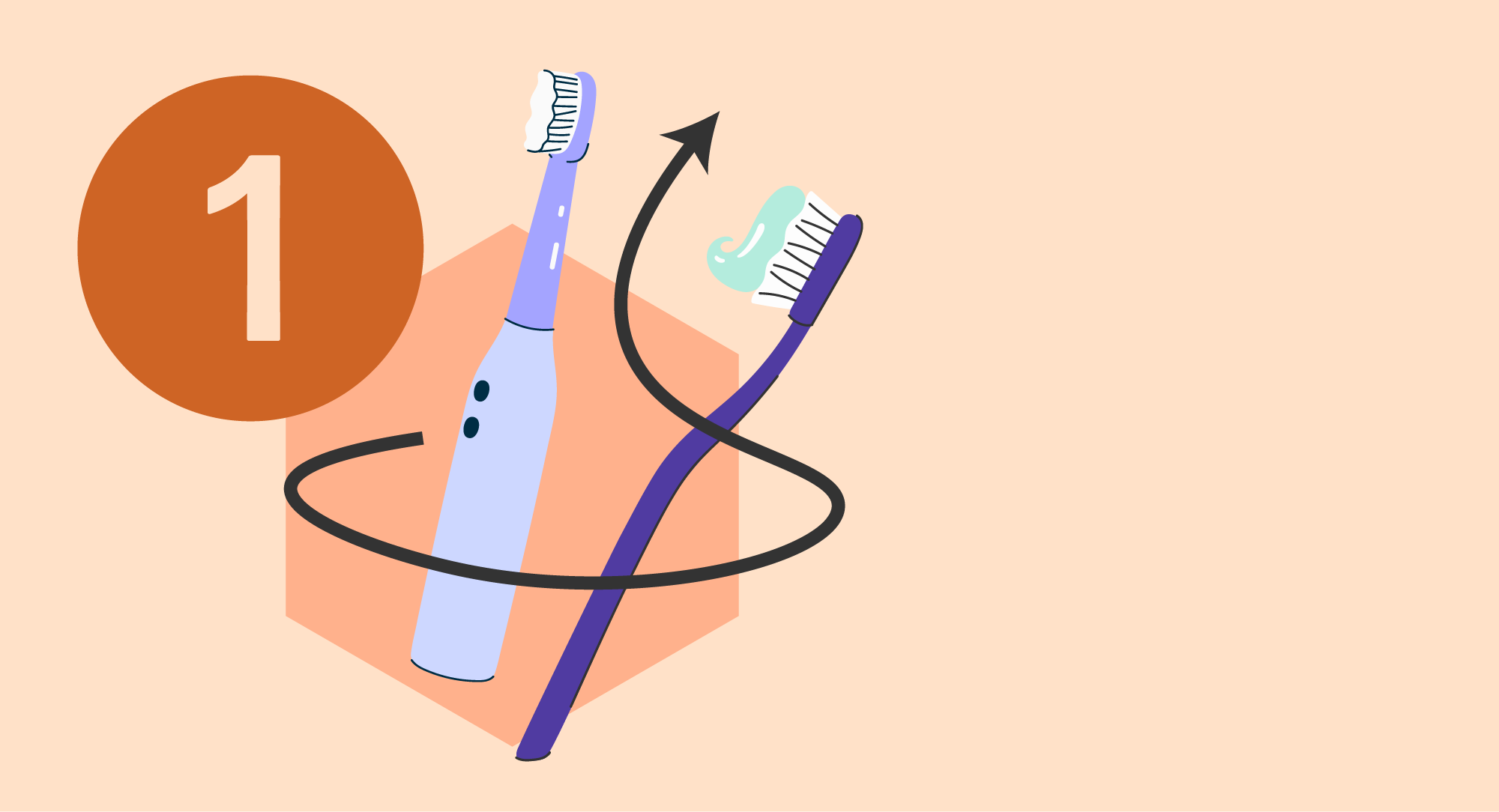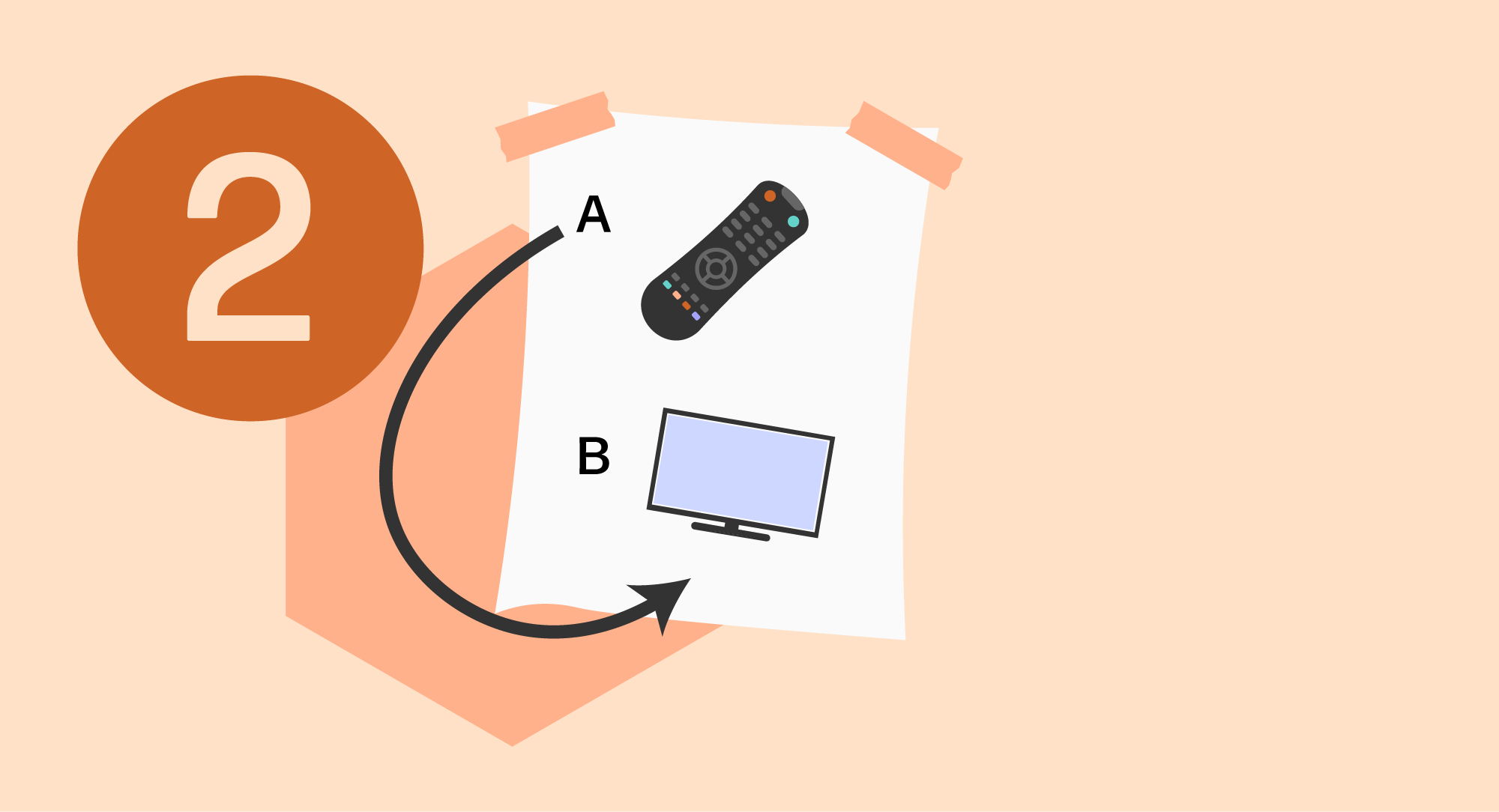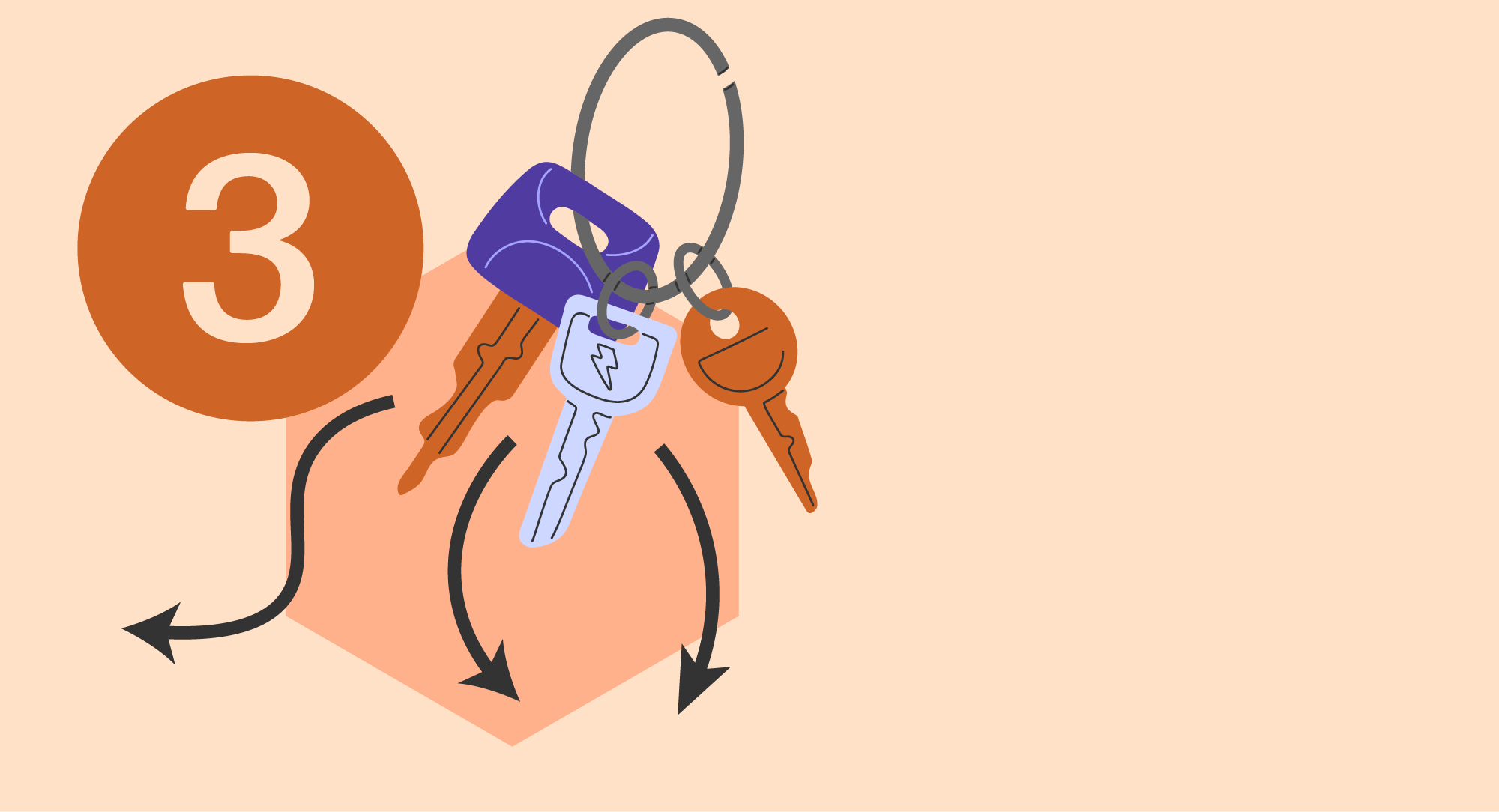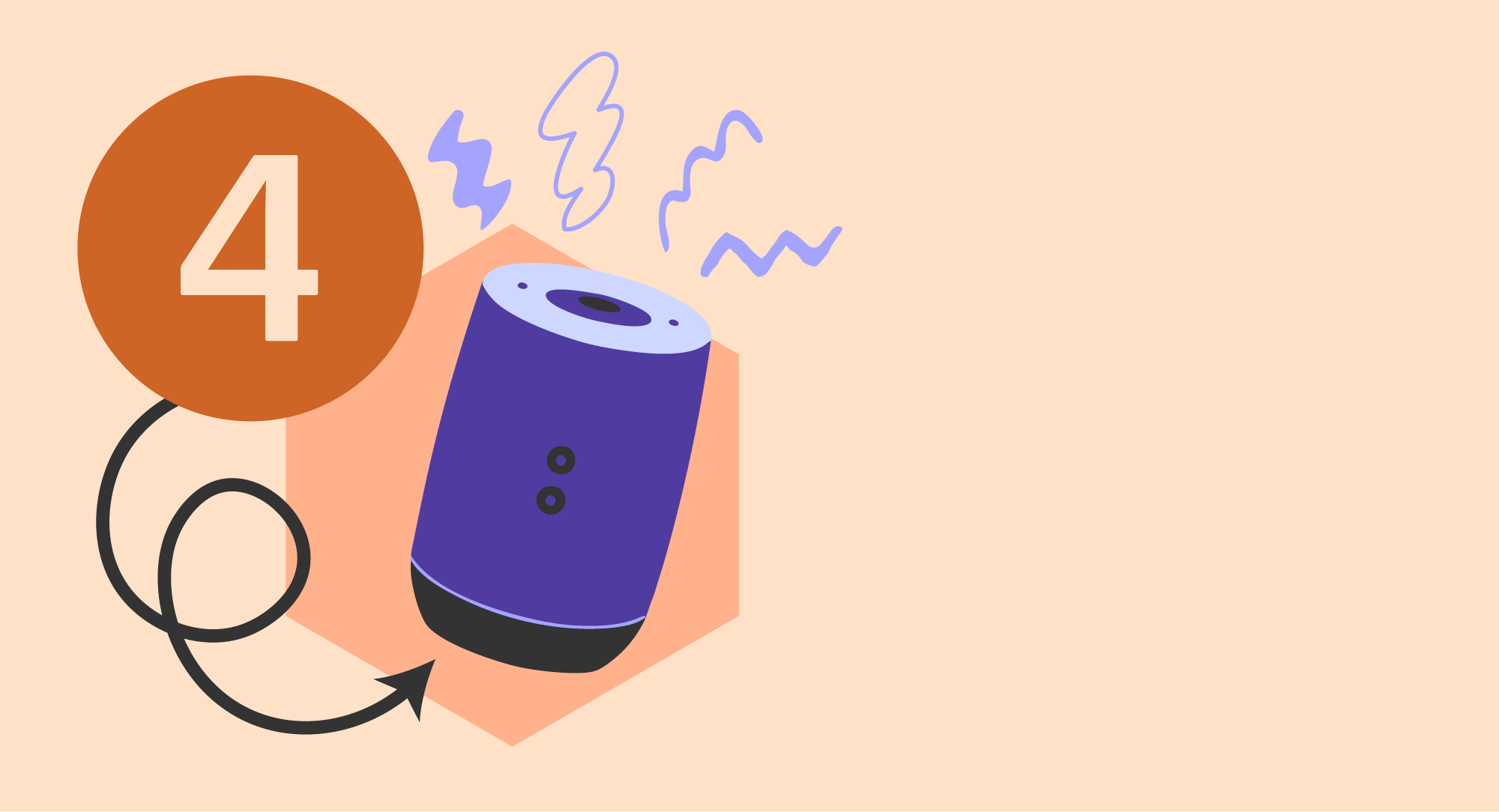5 tips from Lou Chandler @neurodivergent_lou for a home that supports executive functioning
Lou Chandler, award-winning speaker and creator behind @neurodivergent_lou, joins us on the blog to explore the importance of curating a home environment that supports executive functioning, and shares some valuable tips to help others adapt their own environment.
Home is the one space where I am able to control how the environment supports my brain. For me, creating a home that supports my executive functioning signals to myself that my needs are valid, reduces the mental energy needed for tasks and honours how I experience the world. It allows me to feel comfortable in my own space.
Executive functioning is a set of mental skills that underpin daily tasks, including short-term memory, task initiation, planning, organisation and time management. For Neurodivergent people, executive functioning can feel particularly challenging. Everyday tasks that might feel automatic to others, such as getting dressed, brushing teeth, leaving the house, remembering activities and making meals, can be easily overwhelming. A home that is designed with executive functioning in mind acts as an external scaffold, reducing unnecessary stress and giving our brains the space they need to operate effectively.
I also want to acknowledge that at times our needs can feel conflicting. For example, in one moment, I may want complete order and structure to make tasks feel more manageable, and in the next, I might crave spontaneity. These shifting needs can feel confusing, and that is okay. Each Neurodivergent person is different and will have different needs related to their home environment. This blog aims to be a starting point to explore ideas that you can adapt to your own needs and preferences.
Keeping multiples of items in different areas around the house
One of the most helpful ways that I support myself is by adjusting my environment to reduce the number of steps needed to carry out the tasks.
For example, I keep certain items in multiple areas of the house. That way, if I realise that I’ve forgotten to brush my teeth but am already downstairs, I don’t have to use extra energy and executive functioning capacity to go back upstairs. The toothbrush is right there downstairs when I need it. It is a small change, but it removes a barrier and makes the task much more accessible.
The same principle can apply to other essentials, such as keeping chargers in more than one location, having medication somewhere visible and ensuring snacks are in multiple places to help remember to eat.
Using visuals on the walls for routines that involve lots of steps
Even something as seemingly simple as turning on the TV isn’t just ‘press the power button’ for me. It means finding the remote, switching it on, waiting for it to load, selecting the right input, and then navigating to the channel or show I want.
That’s a lot to hold in your head at once, and it can quickly feel overwhelming. To make this easier, I have created step-by-step instructions with pictures and put them on the wall. Instead of relying on memory, I can follow the steps in front of me. Visuals give me structure, predictability, and reduce the mental load of everyday tasks.
Visuals can also be used for tasks like cooking/meal preparation, instructions for doing the laundry or the steps needed for a nighttime routine.
Having a ‘drop zone’ near to the front door
Having a designated ‘drop zone’ by the front door makes entering and exiting the house easier and reduces the mental load of everyday transitions.
Before I had a designated drop zone, I struggled with everything I took out of the house being scattered across different rooms on my return. Shoes up the stairs, bags on the sofa and keys under the bed. This made it particularly difficult to locate items when I needed to leave again, adding to last-minute scrambling. Now having a basket with all of the items I need to leave means that the items are easily contained, and I am able to find them again when leaving.
Using a smart home device to cue routines
Having a smart home device provides reminders, prompts and timers for tasks.
I have my morning routine programmed into a smart home device to provide structure and predictability in my day. For example, I can simply say ‘start my morning routine’ and the device will cue me to do each task I need to. It reduces the information and decisions I need to keep in my head and frees up the energy for other tasks.
Smart home devices can also help with transitions. For instance, sending a reminder 5 minutes before the end of one activity as a reminder of the need to move to a new task to support the transition.
Using clear storage instead of closed cupboards
For me, out of sight often means out of mind. If something is behind a closed cupboard door, I am much more likely to forget it exists.
To support my memory and task initiation, I use clear storage containers or open shelving for the items I need to see and remember to use regularly. For example, storing cleaning products in a transparent caddy rather than hidden away in the cupboard means that I am more likely to remember to use them.
Want to learn more about making homes Neurodivergent affirming?
In 2024 we hosted a summit on the topic of ‘Designing Homes for Sensory Differences’
We hosted four panel sessions, where expert speakers shared good practice in housing design for Autistic people and people with sensory needs. Recordings of all the panel sessions and other resources are available:






